Located in Long Huu Dong commune, Can Duoc district, Long An province (now Long Huu commune, Tay Ninh province), the Hundred-Column House (also known as the Councilman's House or the Elder's House) was built by Mr. Tran Van Hoa (at that time the village headman of Long Huu village, Loc Thanh Ha district, Cho Lon province) between 1901 and 1903. The house was constructed by 15 artisans from Hue, with construction taking two years and carving taking three years.
Therefore, located in the heart of the Southwestern region of Vietnam, this house boasts architecture heavily influenced by the traditional Hue- style houses, evident in its three-bay, two-wing structure, yin-yang tiled roof, raised foundation, and wide veranda. The unique aspect of the house lies in the harmonious blend of Central Vietnamese architecture and the open-minded spirit of the Southern Vietnamese people, creating a space that is both dignified and welcoming.
The name "House of a Hundred Columns" is somewhat modest compared to reality, as the structure has as many as 120 large and small wooden columns. Each column not only serves a load-bearing function but is also part of a unique artistic space.
The densely packed columns, joined using traditional mortise and tenon techniques, create an exceptional sense of stability. Under the sunlight streaming through the wooden windows, each wood grain gleams, smooth and polished, as if recounting the quiet, tranquil years gone by.
 |
| The Hundred-Pillar House historical site. |
Visiting the house, tourists are captivated by the rich patterns and designs: unique and exquisite decorative art, designed, crafted, and executed by talented artisans from the imperial capital. The structures of trusses, rafters, beams, crossbeams, screens, and door frames are carved and decorated with embossed and carved motifs of Eastern culture, according to Confucian and Taoist perspectives, such as: plum blossoms, orchids, chrysanthemums, bamboo, fish transforming into dragons, the four seasons, the four treasures… combined with the characteristic eight treasures and nine cauldrons of Hue's imperial culture, creating a very refined and distinctive style. In addition, the main halls also feature embossed reliefs of the four mythical creatures, the four seasons, the eight fruits, and the symbols of fortune, prosperity, and longevity. Combined with Western cultural motifs such as roses, squirrels, grapes… It would be remiss not to mention the rich and diverse imagery and themes of products, birds, animals, and fruits of the Southern region, such as pheasants, peacocks, cranes, coconuts, pineapples, custard apples, starfruit, mangosteen… which are meticulously and exquisitely carved by Hue artisans in most important positions within the ancient house.
More than just a beautiful structure, the Hundred-Column House is also a vivid part of the memories of Can Duoc - the Lower Long An region during the resistance against the French. It was once a secret gathering place for patriotic fighters. During the war against the Americans, the struggle of the people and soldiers of the Lower region was incredibly brave, arduous, and fierce, but also romantic and sublime, as the song "You're at the Head of the River, I'm at the End" says: "You're at the head of the river, I'm at the end of the river / We drink from the same Vam Co Dong river / We've loved each other for ninety-three rice seasons / We haven't met again, the longing is immense / Oh, the vast horizon of the Lower region / Love is tinged with purple, our hopes are tinged with purple…".
Today, descendants of the Tran family still preserve the house, live inside, and welcome visitors. This creates a unique blend of cultural heritage and contemporary life – a rare sight at many other historical sites.
Visiting the house of a hundred pillars, placing one's hand on the time-worn wooden columns, tourists suddenly feel as if they are touching the past – a past not only recounted in words but also through every line, the scent of wood, the light, and the tranquility. The beauty of the house lies not only in its architecture but also in its spirit – a profound and quiet Vietnamese spirit.
According to researchers, this house is of the Nguyen Dynasty style, and overall bears the distinct mark of the Hue style. However, because it was built to order for the homeowner in the context of Southern Vietnam during the French colonial period, it has many distinctive features in its decorative themes, thus creating richness and diversity in its architectural form and art. It is also a part of the history and culture of the Southern region in the late 19th and early 20th centuries.
The Hundred-Column House has been classified as a National Historical and Cultural Monument since 1997.
Source: https://baodaklak.vn/van-hoa-du-lich-van-hoc-nghe-thuat/202508/kham-pha-nha-tram-cot-ben-song-vam-co-25c0354/





![[Photo] Closing Ceremony of the 10th Session of the 15th National Assembly](/_next/image?url=https%3A%2F%2Fvphoto.vietnam.vn%2Fthumb%2F1200x675%2Fvietnam%2Fresource%2FIMAGE%2F2025%2F12%2F11%2F1765448959967_image-1437-jpg.webp&w=3840&q=75)







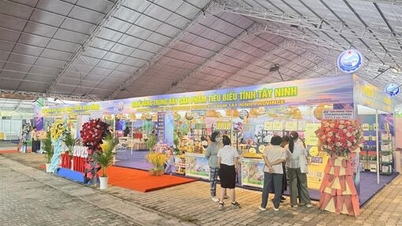

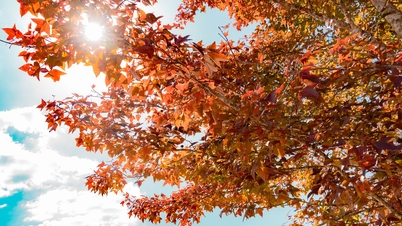






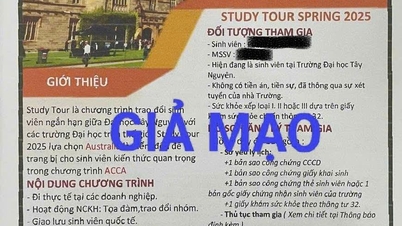
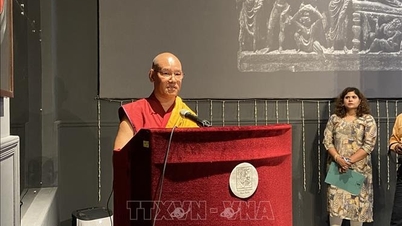


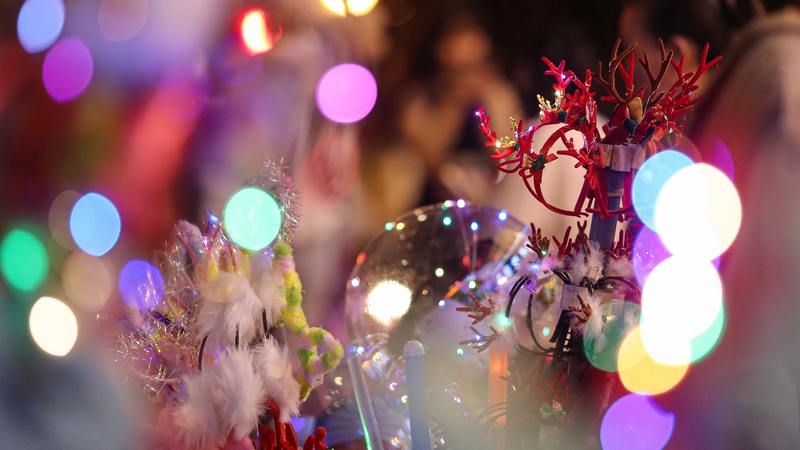
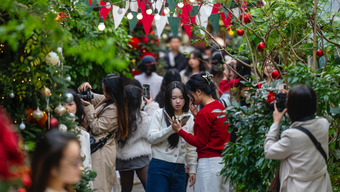

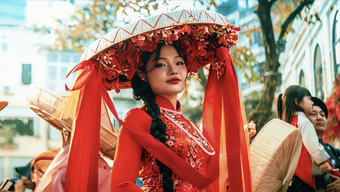






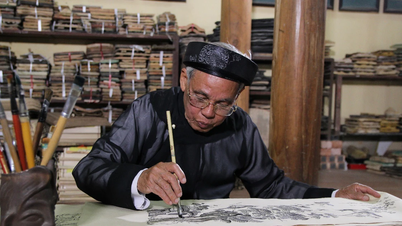
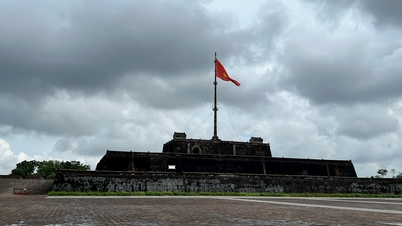

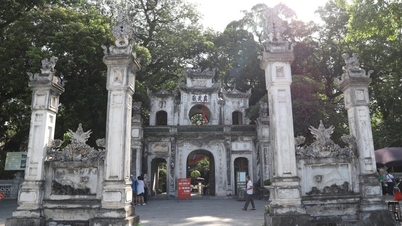



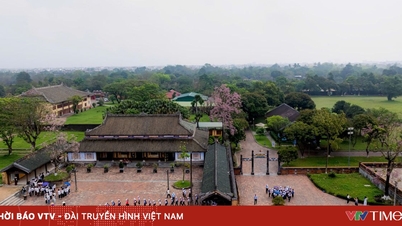





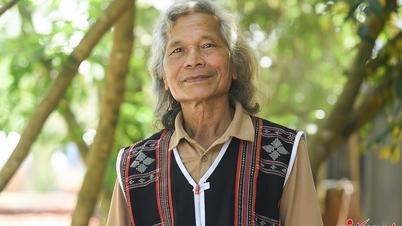



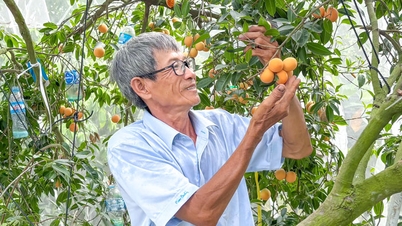

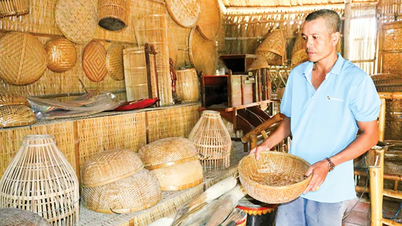



![[OFFICIAL] MISA GROUP ANNOUNCES ITS PIONEERING BRAND POSITIONING IN BUILDING AGENTIC AI FOR BUSINESSES, HOUSEHOLDS, AND THE GOVERNMENT](https://vphoto.vietnam.vn/thumb/402x226/vietnam/resource/IMAGE/2025/12/11/1765444754256_agentic-ai_postfb-scaled.png)








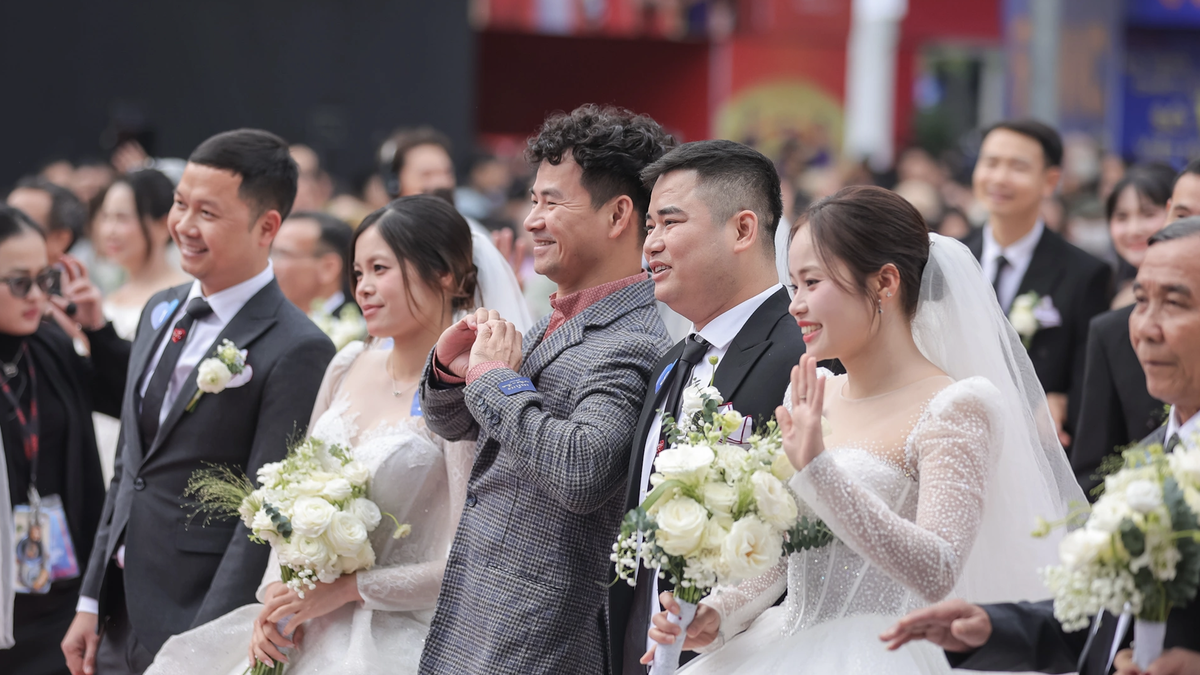












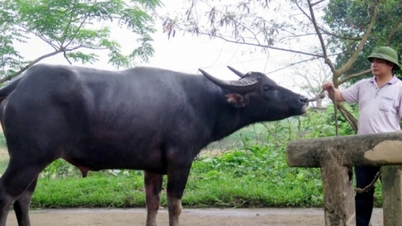




























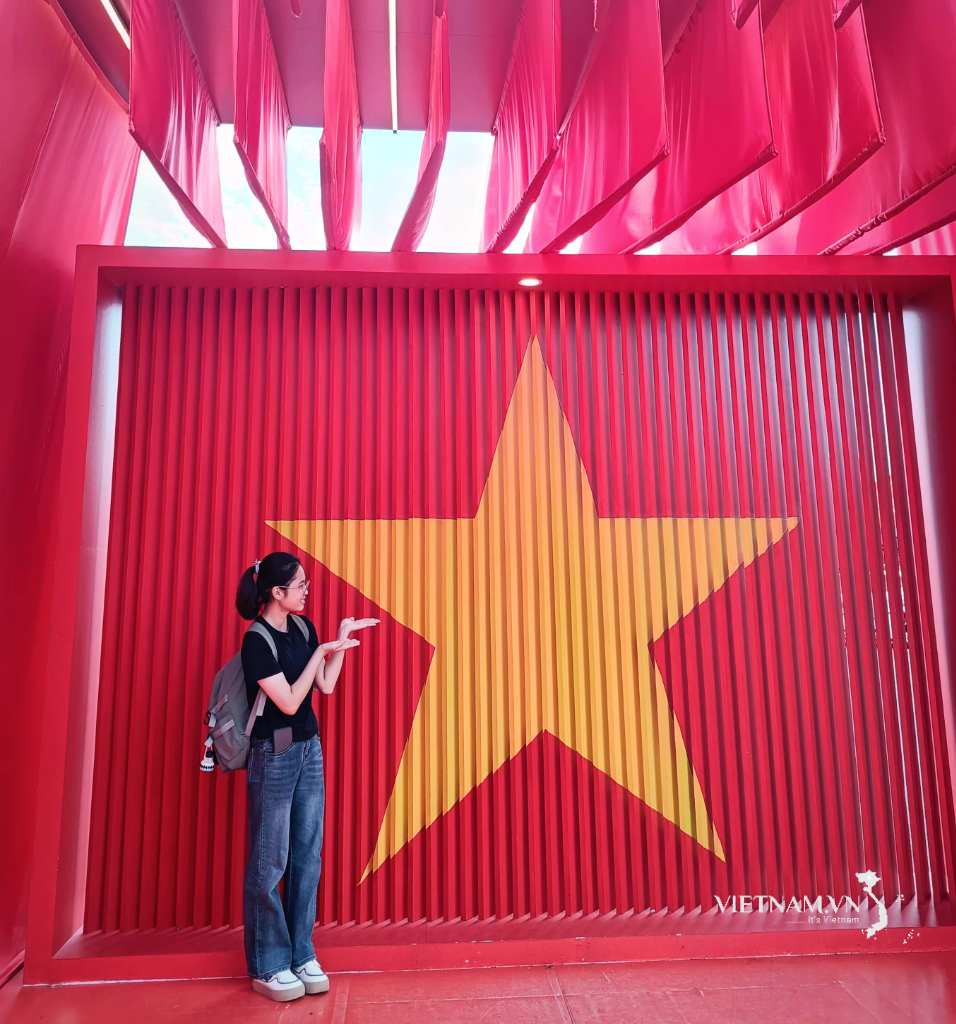

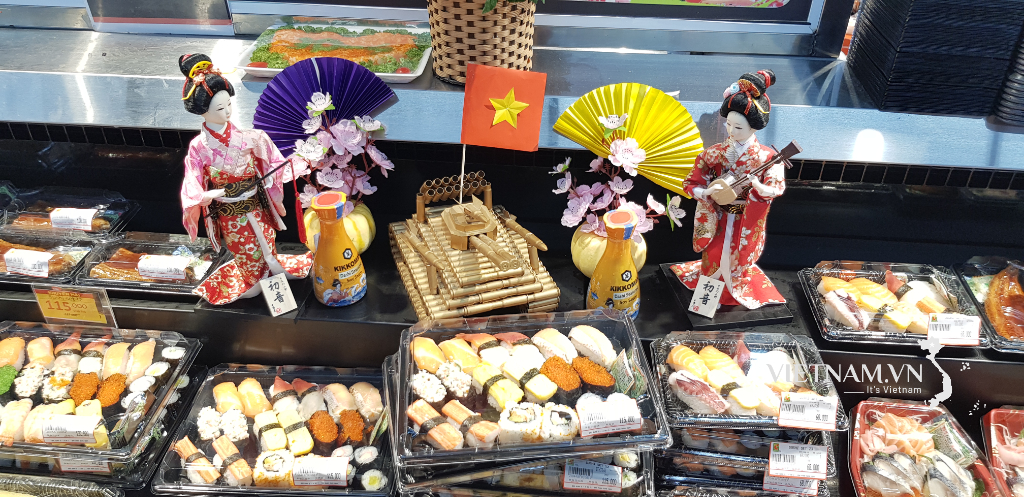
Comment (0)